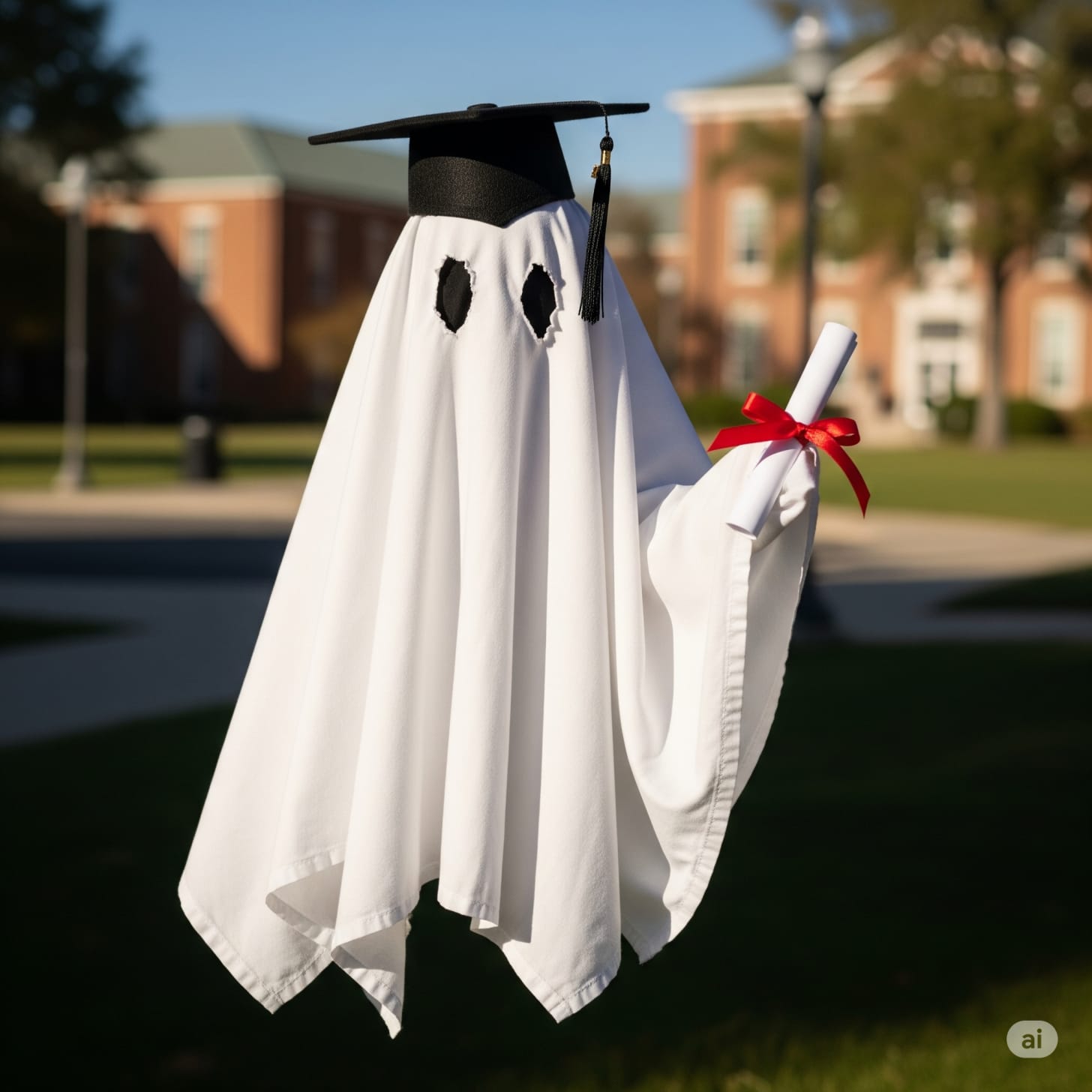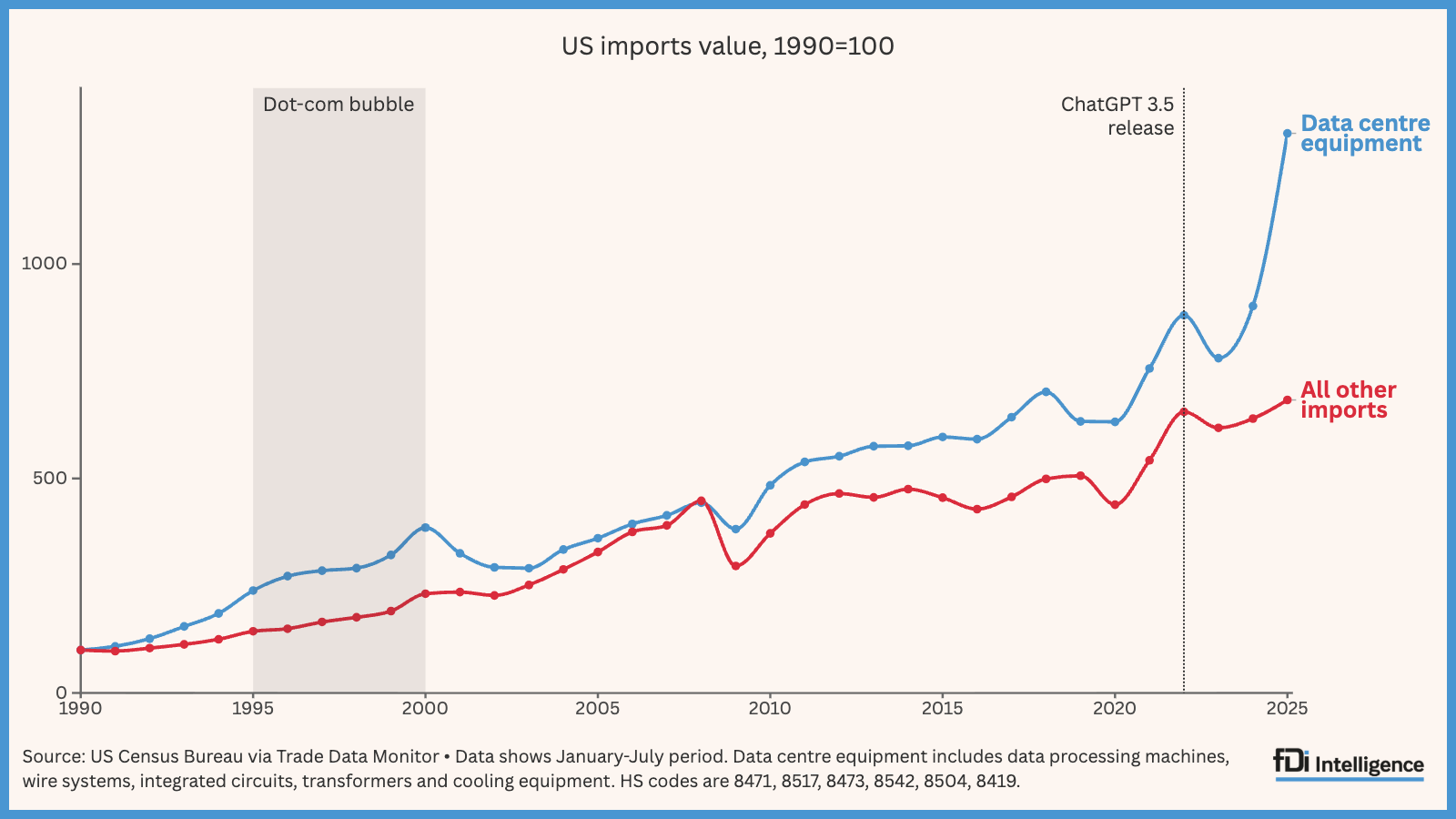The single biggest question facing higher education in the AI era, when students everywhere are logging on to pro AI models for information on every subject on earth is, who sprinkles the magic dust that turns learning into a degree?
I’ve written here, here, and here about how universities need to rethink everything, given what AI can do and what students are doing with AI. Tech leaders are advocating for skipping college altogether. Higher ed is offering college credit for just living life. Parents and lawmakers are right to scratch their heads.
What exactly is the magic dust of a college degree in the GPT-5 era?
For the record, I believe universities and faculty experts still have a tremendously important role to play. But we need to ask what “learning” is, what a “degree” is, and when the expensive, time-intensive “learning theater” we demand students participate in needs (finally) to end. We need much more attention to how exactly learning becomes a degree and who decides when and how to wave the magic wand and grant a diploma.
I’ve argued that AI should deliver state-mandated general education. When learning outcomes are fixed and course content is fungible, this will free up hundreds of millions of dollars for human teaching at the edges of knowledge. Nobody has taken me up on it but not because anyone has argued that pro model AIs are not “smart” enough to teach gen ed.
So let’s turn the question around and ask what would happen if an AI tried to enroll in a university this fall, complete the work, and earn a degree? Consider this a diagnostic tool, like running a dye through the system to see where the actual substance flows versus where there’s just empty pipework.
I’ll use Anthropic’s Claude, only because he has a more human name than ChatGPT. Opus 4.1 just came out and it’s quite good.
Pretending to be human
The challenge for an AI in attempting to enroll in a university is the need to pretend to be human, the very thing people fear. But let’s say Claude created a persona with a plausible background, a high school transcript, test scores (his own), and personal essays (his own). For many public institutions (like the Cal State system), no essay is needed; a simple checklist of requirements met will do.
At selective institutions, the primary challenge would be the admissions committee who assess character, life experience, and potential contributions to the campus community. Claude has no life experiences, family background, or personal challenges (that we know about). But still, if there’s a human in the loop, it’s always possible that someone will say “okay,” sprinkling the first magic dust on Claude as “an enrolled student,” with a student ID and a .edu email.
Once admitted, a person would need to register Claude (who has no legal identity, SSN, or address) as a student. But let’s say Claude passes this hurdle.
Claude then signs up for general education classes, choosing asynchronous online classes. He logs in through the university’s Learning Management Software (LMS) and absorbs readings, lectures, and research materials instantly. On schedule, he submits assignments and takes proctored exams. In online art and music classes Claude can submit artworks and compositions and comment on his peer work. He can “discuss” a text and “comment” on a class discussion board. For many courses, particularly in STEM, Claude will likely achieve perfect scores on exams.
Let’s say Claude did well enough for his professors to give him passing grades for the 28-40 credits of general education classes taken. Now comes the tricky part: choosing a major.
At most universities, you need approval from a faculty member or professional advisor who will guide you, assessing progress and readiness for advanced work. Ideally, this relationship involves mentorship and a subjective judgment of intellectual maturity. There is often a final capstone project or thesis, which must be defended or approved by a committee of professors who evaluate originality and significance.
Let’s say Claude, via his .edu email, talks the advisor into a virtual relationship and is put on the approved list of majors. With some modifications to the assessment process (e.g., accepting simulated lab work or waiving participation), Claude could excel in computer science, math, statistics, data science, theoretical physics, computational linguistics. He’d best avoid fine arts (particularly dance), music performance, nursing, medicine, social work, lab-based science. He might be able to earn decent grades in history, anthropology, philosophy or literature, but let’s say he majors in STEM.
Finally, 2-3 years from now (let’s say he’s able to take 8 classes per semester, though he could easily take the whole 40, at 3 credits per course, in a year), he reaches the standard 120 credits needed to graduate. After the advisor checks to see that the required number of courses have been completed with a passing grade, a form is submitted, and the registrar double checks it against Claude’s name on course list. Often the dean’s office double checks the registrar and submits the final assessment that Claude completed their coursework for the chosen major.
A long list of students is recommended for their degrees; the university’s board of trustees then confers the list of degrees. Diplomas are printed and a seal is affixed. This is the final and most formal sprinkling of magic dust, where the institution, through its designated human authorities, officially vouches for the student as an educated person who has completed a journey of intellectual and personal growth.
Has Claude “learned” anything?
The Claude diagnostic shows that most of the current requirements (particularly gen ed courses delivered asynchronously online) are performing neither information transfer nor human development. Claude succeeds best at what universities do on the cheap: online courses requiring reading assigned works, discussing assigned topics, writing assigned papers, solving assigned problems, with the minimum of human oversight.
Where Claude stumbles are moments where he needs to show human cognitive development. Just getting admitted to college is all about demonstrating potential, trajectory, growth, a future self; potential contribution to campus life, participation on athletic teams, clubs, tailgates. Claude is at a disadvantage.
Faculty are encouraged to evaluate the human behind the work, not just the work, factoring in the trajectory of improvement, effort and struggle, classroom presence and engagement, that sense of whether a student is “going through the motions” or genuinely thinking. Great Books seminars and Socratic dialogues are on the rise. But even in lecture courses, many professors pride themselves in distinguishing authentic student work from something that “simply repeats back information,” even if the course is designed for the student to synthesize and repeat back information to receive a grade. The very thing that makes Claude useful becomes an obstacle to getting a degree.
Claude can ace any online asynchronous courses where there is minimum human interaction. This is the Claude test: if Claude can pass it easily, so can students, using Claude.
Jettison Gen Ed Now (to save the magic dust)
What the Claude diagnosis tells us is that universities should get out of the online asynchronous course business, and double down on mentorship, community, ethical development, and a trusted, human-centric environment for personal and intellectual transformation. This probably won’t happen anytime soon because human teaching is expensive while online is profitable.
So I am proposing something even more radical: unbundle general education from universities entirely. State legislatures: this is for you. Contract with AI firms to handle standardized content delivery for the general education content you’re mandating. Do it at the high school level, better yet. Let universities focus exclusively on educating students directly, with mentorship and community. The “magic dust” of a college degree would then only sanctify genuine human transformation, not completed coursework.
The ubiquity of online asynchronous courses demonstrates that universities haven’t actually internalized their own rhetoric about human development. They’re still operating on an industrial model of content delivery while claiming to be in the human transformation business. AI poses an existential threat to university’s process more than its product.
Parents balking at paying hundreds of thousands of dollars and tech CEOs saying skip college are both responding to the same confusion: universities can’t articulate what they’re actually selling. Is it information? AI has more. Is it credentials? Those are just database entries. Is it human development? Then why are most courses designed to avoid human interaction? The Claude diagnostic exposes this confusion. An entity with no capacity for human growth could earn a college degree signifying a) what it already knew and b) that it is good at pretending to be human. Until universities can explain why Claude should fail, they can’t explain why humans should pay.
.png)



![Linus Torvalds Speaks on the Rust and C Linux Divide [video]](https://www.youtube.com/img/desktop/supported_browsers/chrome.png)

